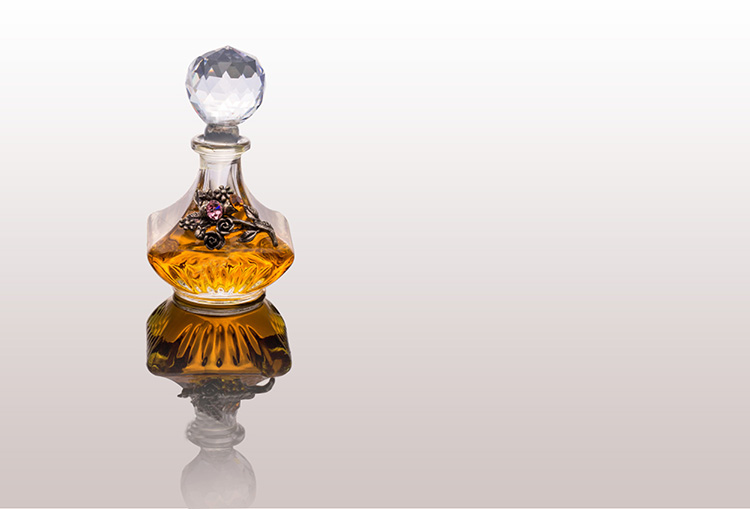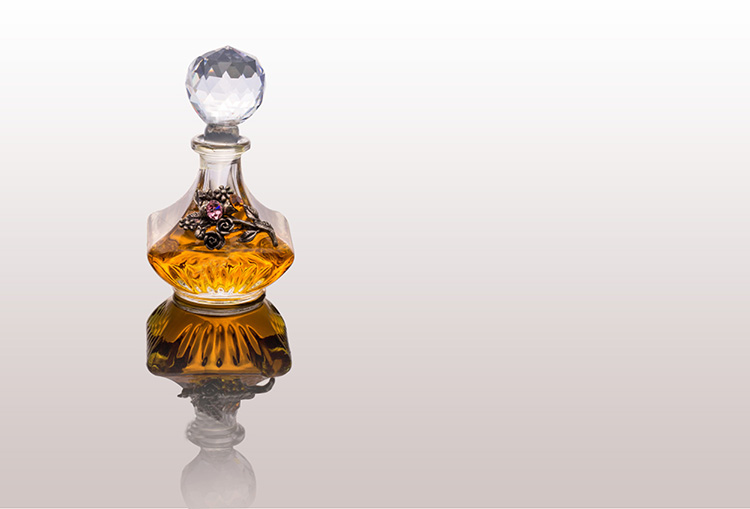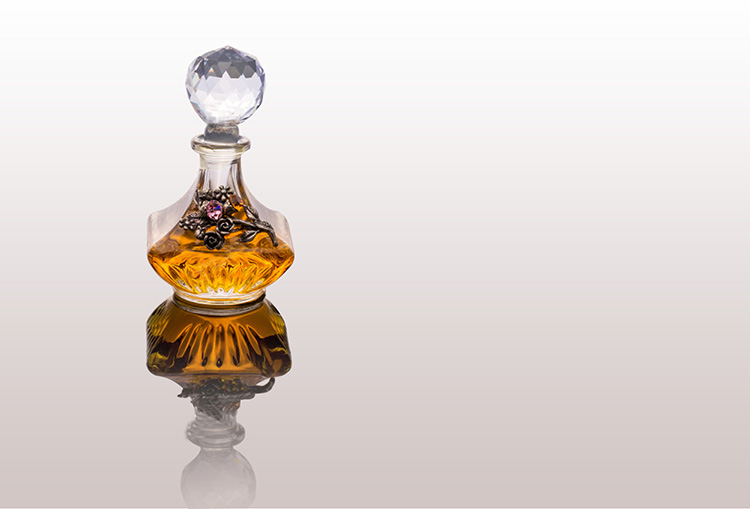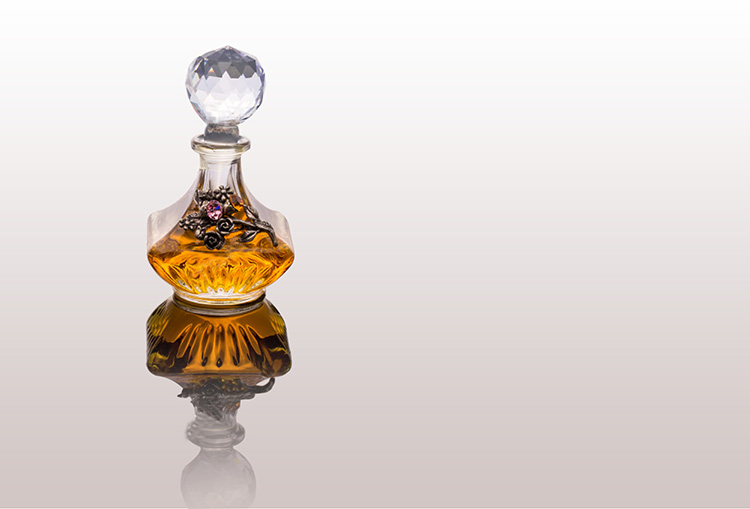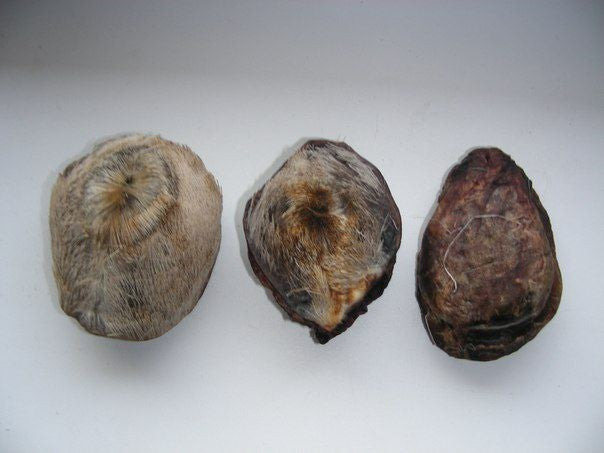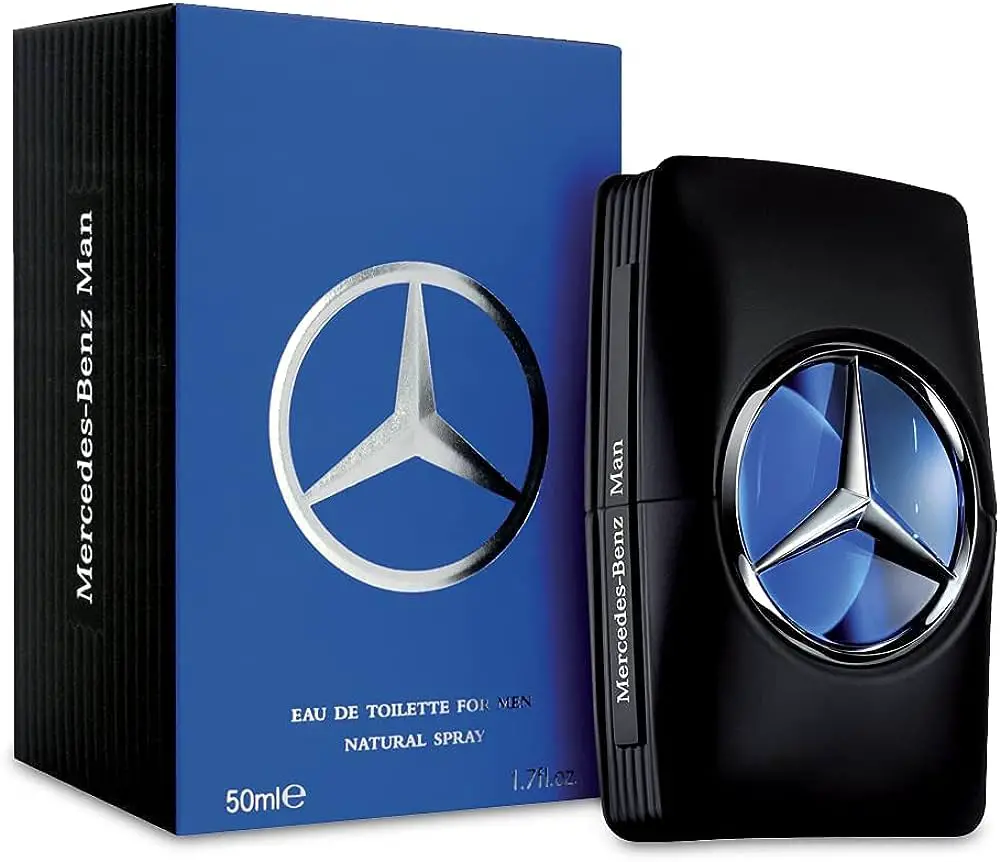Musk scent is made from the secretion of the musk gland found in musk deer and other animals. It is commonly used in perfumes and colognes for its distinct and long-lasting fragrance.
The scent is known for its animalistic and warm notes, often described as woody, earthy, and slightly sweet. Musk has been used for centuries in traditional medicine and perfumery due to its unique aroma and ability to enhance other fragrances.
However, synthetic musk is now commonly used as a more ethical and sustainable alternative to natural musk. These synthetic compounds replicate the scent of musk and are widely used in the fragrance industry. Overall, musk scent offers a captivating and alluring fragrance that adds depth and complexity to perfumes and colognes.
Understanding The Origins Of Musk Scent
Understanding the origins of musk scent is essential for enthusiasts and curious individuals alike. Musk scent, known for its distinct and alluring aroma, has a rich history rooted in traditional perfumery. Derived from the musk deer, musk was historically collected by killing the animal and extracting the musk gland.
However, due to ethical concerns and conservation efforts, the use of natural musk has significantly diminished and synthetic alternatives have gained popularity. Synthetic musk, developed through advanced chemical processes, closely mimics the natural musk scent while ensuring the preservation of animal life. Both natural and synthetic musk scents continue to be widely used in the perfume industry, offering a range of options for fragrance enthusiasts and perfumers alike.
The Sourcing And Production Process
The sourcing and production process of musk scent involves various methods, both traditional and modern. In the past, musk was sourced from animals, particularly musk deer. However, due to conservation concerns and ethical reasons, this practice is now largely prohibited. The harvesting of musk glands from these animals is a delicate process that requires great care.
Traditionally, musk was extracted through methods such as gland scraping, where the glands were carefully removed from the animals’ bodies. These glands contain the musk substance, which is then processed to create the musk scent. However, these traditional methods are not widely practiced today.
Instead, a modern alternative for musk scent production is synthetic musk. Synthetic musk is created in labs using various chemical compounds that mimic the scent of natural musk. This method eliminates the need for animal sourcing and reduces environmental impact. Additionally, synthetic musk offers consistent quality and is free from ethical concerns.
The Chemical Components Of Musk Scent
The chemical components of musk scent play a crucial role in creating its unique aroma. Musk is made up of various compounds that contribute to its distinctive fragrance. These compounds are responsible for the musky, earthy, and sensual scent that is often associated with musk. Some of the key chemicals found in musk scent include muscone, ambrette, civetone, and musk ketone.
Muscone, in particular, is an important component that gives musk its characteristic smell. Ambrette contributes a floral and musky note, while civetone adds an animalistic touch. Musk ketone enhances the longevity and richness of the fragrance. The combination of these chemicals creates a complex and alluring scent that is prized in the fragrance industry. By understanding the chemical components of musk scent, we can appreciate the craftsmanship and artistry involved in capturing this enchanting fragrance.
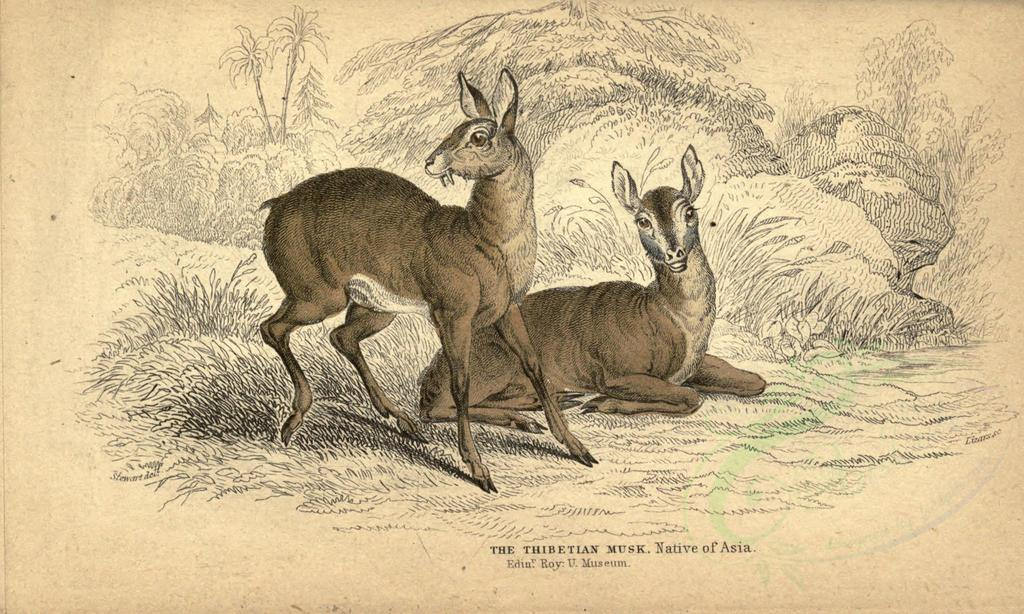
Credit: en.wikipedia.org
Animal-Derived Musk
In the world of fragrance, musk holds a special place. Derived from various animal sources, its unique and alluring scent has been sought after for centuries. Musk obtained from musk deer stands out as one of the most prized. Extracting musk from the glands of these deer involves careful and meticulous processes. However, musk can also be obtained from other animals such as civets and beavers. These alternative sources have their own distinct qualities and scents.
While musk has played a significant role in the perfume industry, there are ethical concerns and sustainability issues associated with its production. Some animals, like the musk deer, have been overhunted for their glands, leading to population decline and ecological imbalances. This has prompted the development of synthetic musks as more sustainable alternatives. In the quest for exotic scents, it’s important to consider the impact on the environment and animal welfare.
Synthetic Musk
Synthetic musk is a popular ingredient used in various perfumes, cosmetics, and cleaning products. It is created in a laboratory rather than being extracted from animals. There are different types of synthetic musk available, including nitro, polycyclic, and macrocyclic musks. Each type has its own unique characteristics and scent profiles.
Nitro musks are derived from nitrobenzene and are known for their strong aroma. They have a sweet and powdery scent, making them a popular choice in perfumes. Polycyclic musks, on the other hand, are synthesized from polycyclic aromatic compounds and have a more complex, earthy fragrance. Macrocyclic musks, derived from macrocyclic ketones, are often used in fabric conditioners and provide a long-lasting scent.
While synthetic musk offers several advantages, such as a consistent scent, cost-effectiveness, and cruelty-free production, it also has its drawbacks. Concerns have been raised about the potential environmental impact of synthetic musk, as some compounds have been found in water sources and can accumulate in the environment over time.
Additionally, some individuals may have sensitivities or allergies to synthetic musk. Manufacturers are continually working to improve the safety and sustainability of synthetic musk to mitigate these concerns.
Application And Use Of Musk Scent
Musk scent, also known as musk fragrance, is derived from the musk gland of various animals. It has been used for centuries in perfumery due to its unique and appealing scent. The musk scent is often described as rich, warm, and sensual, making it a popular choice for perfumes and colognes.
In addition to perfumery, musk scent is also used in cosmetics and personal care products. It is known for its ability to enhance the fragrance and add a luxurious touch to these products. Many skincare and hair care brands incorporate musk scent into their formulations to create a pleasant and indulgent sensory experience for users.
Moreover, musk scent has medical and therapeutic applications. It is believed to have calming and relaxing properties, making it suitable for aromatherapy. Musk scent is often used in essential oil blends and massage oils to promote relaxation, reduce stress, and create a soothing atmosphere.
The Controversies Surrounding Musk Scent
The controversies surrounding musk scent
Animal rights concerns: The musk industry has long been criticized for its impact on animal welfare. Musk scent is traditionally obtained from the glandular secretions of musk deer, which are often captured and killed for this purpose. This has raised ethical concerns over the treatment of these animals and their population decline.
Environmental impact: Musk production also carries significant environmental implications. The process involves extracting musk from the glands of animals, which not only harms them but also disrupts natural ecosystems. Additionally, the use of chemicals and solvents in musk extraction contributes to pollution and further damage to environmental resources.
Alternatives to musk scent: In response to these controversies, various alternatives to traditional musk scent have emerged. Synthetic musk, derived from laboratory-made compounds, offers a cruelty-free option without endangering animal populations. Plant-based musk alternatives, such as ambrette seeds or synthetic compounds that mimic the scent, provide environmentally friendly choices. These alternatives aim to meet consumer demand for musk-like fragrances while addressing the concerns associated with animal rights and environmental sustainability.
FAQs
How Is Musk Scent Created?
Musk scent is created through the extraction of musk from musk deer glands.
What Is The Smell Of Musk?
Musk scent is a unique, animalistic fragrance that is warm, earthy, and musky.
What Scents Make Up Musk?
The scents that make up musk include earthy, animalic, sweet, and woody notes.
What Oils Make A Musk Scent?
Musk scents can be achieved with oils like musk oil, ambrette seed oil, and musk ketone.
Conclusion
Overall, musk scent is a unique and fascinating creation that has captivated our senses throughout history. As we’ve explored in this blog post, musk is traditionally derived from the glands of animals like the musk deer, but today, synthetic alternatives have taken its place.
These synthetic musk compounds not only mimic the aroma of natural musk but also have environmental benefits. The versatility of musk scent is remarkable, finding its way into a wide range of products, from perfumes and colognes to soaps and candles.
Its distinct and alluring fragrance has made it a staple in the world of fragrance and beauty. Whether you prefer natural or synthetic musk, there’s no denying the impact and appeal of this enigmatic scent. So next time you catch a whiff of musk, take a moment to appreciate the complex chemistry and history behind this timeless aroma.

